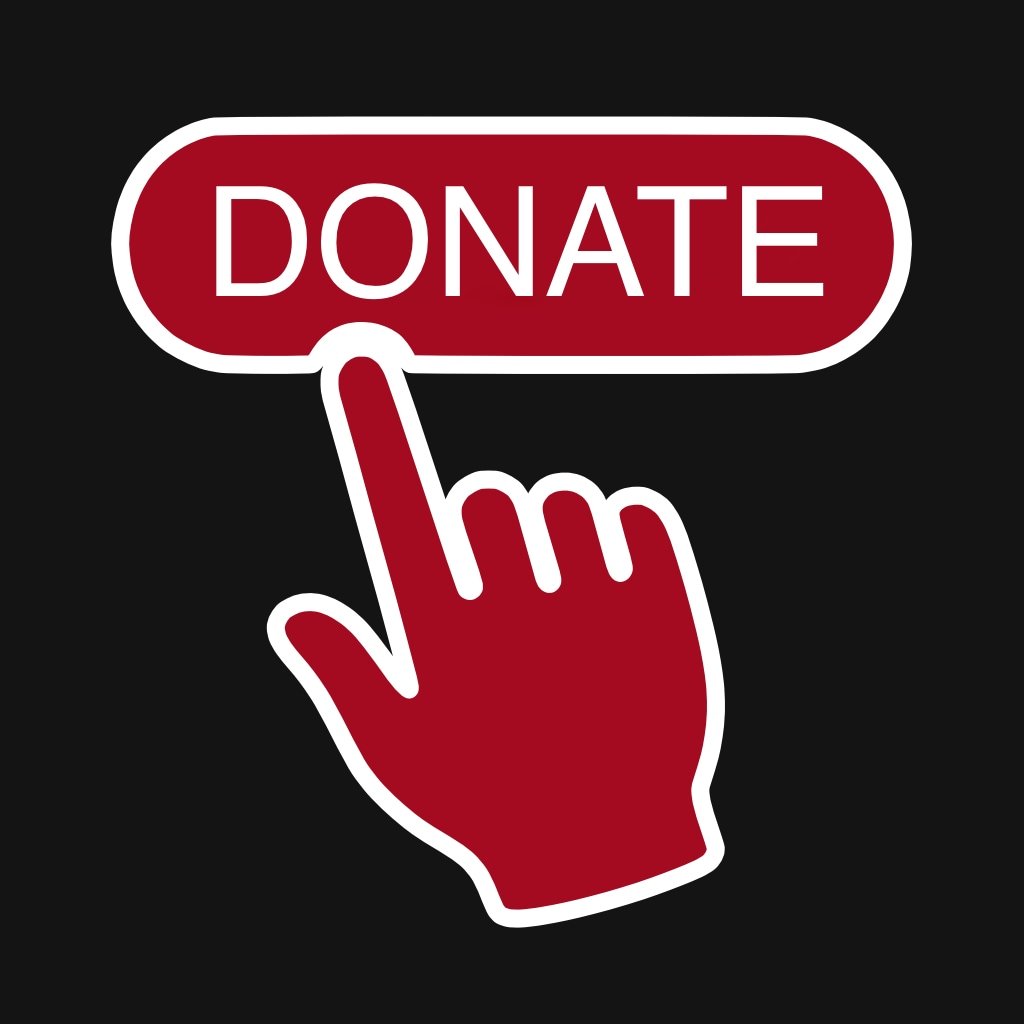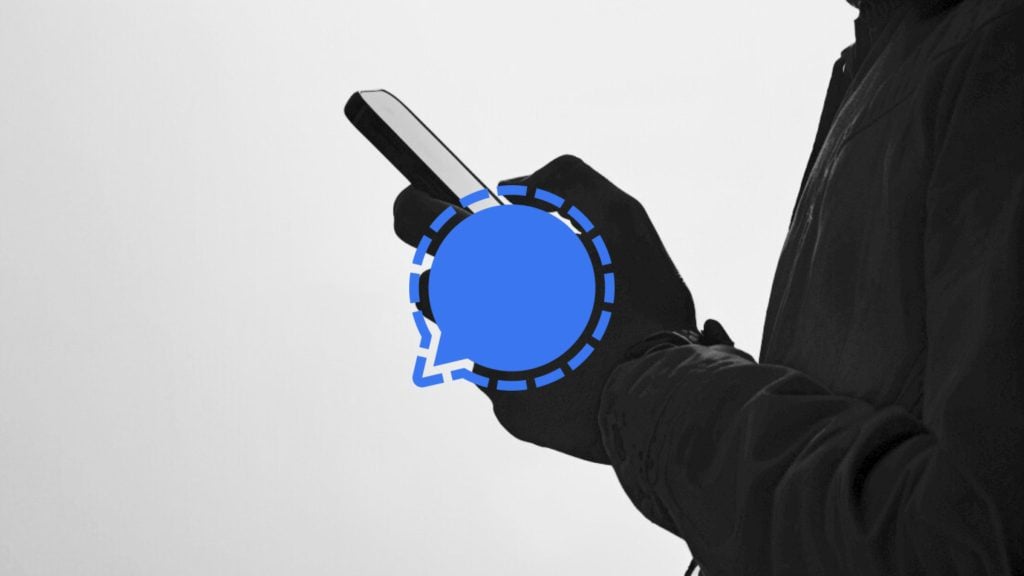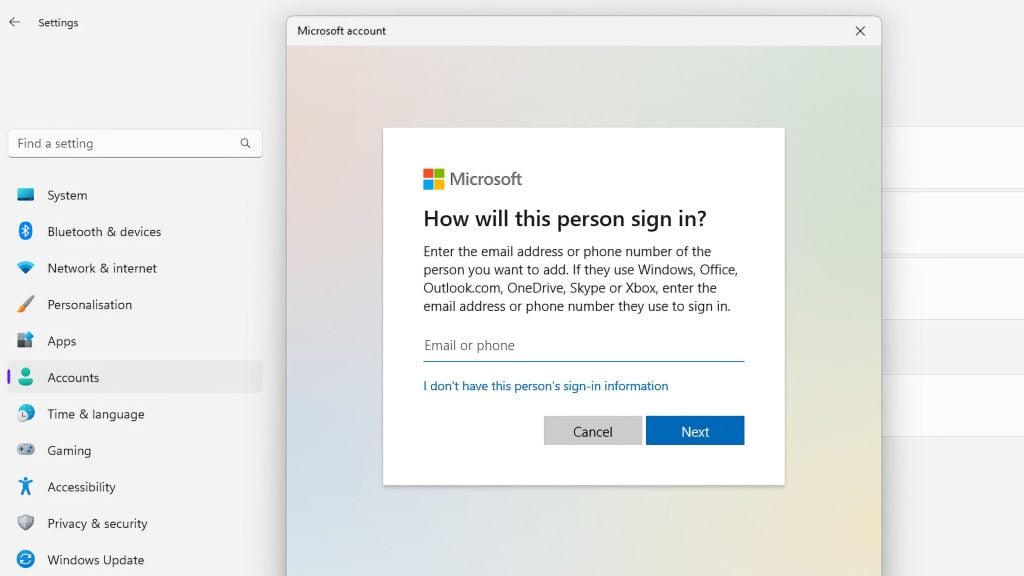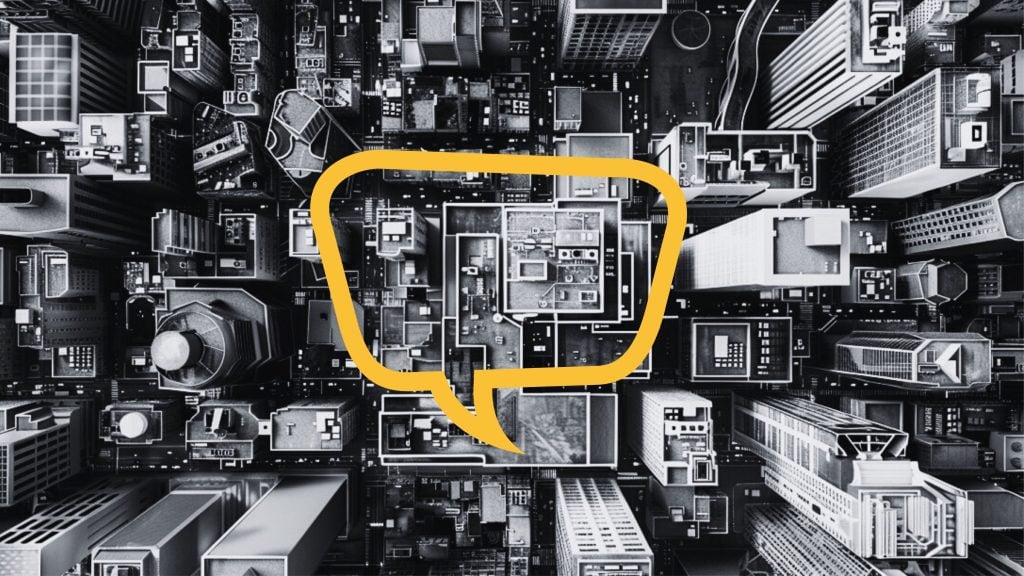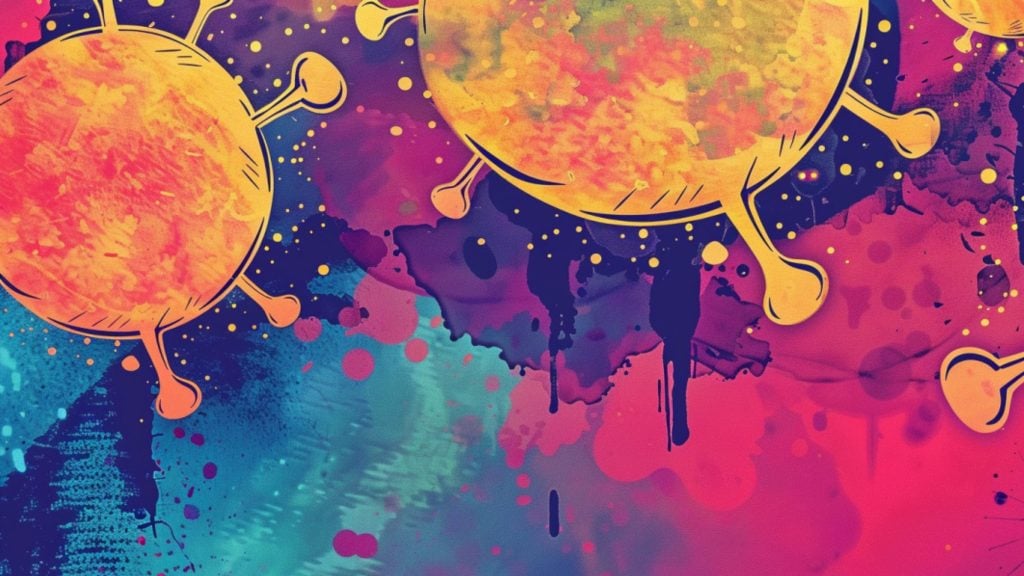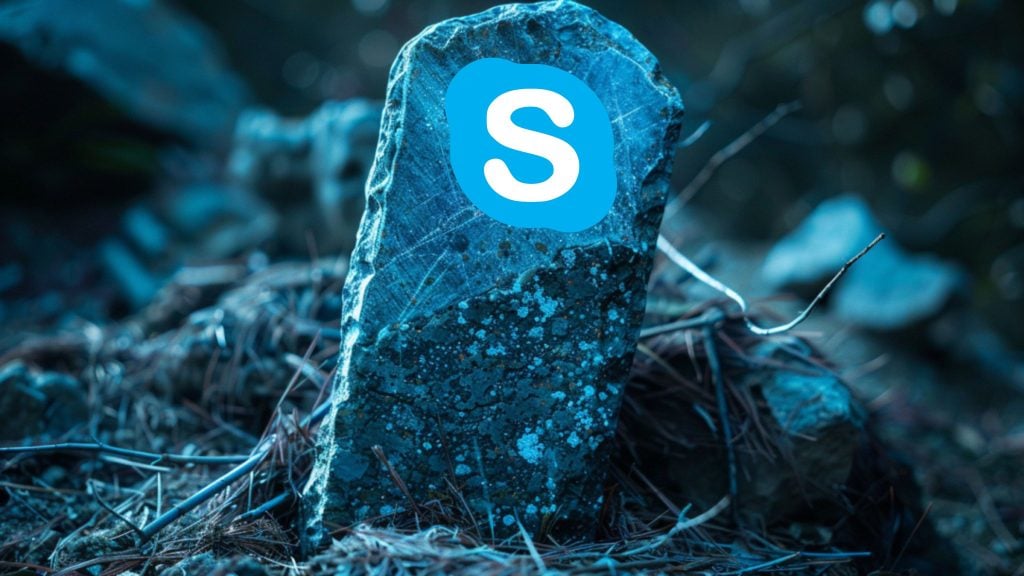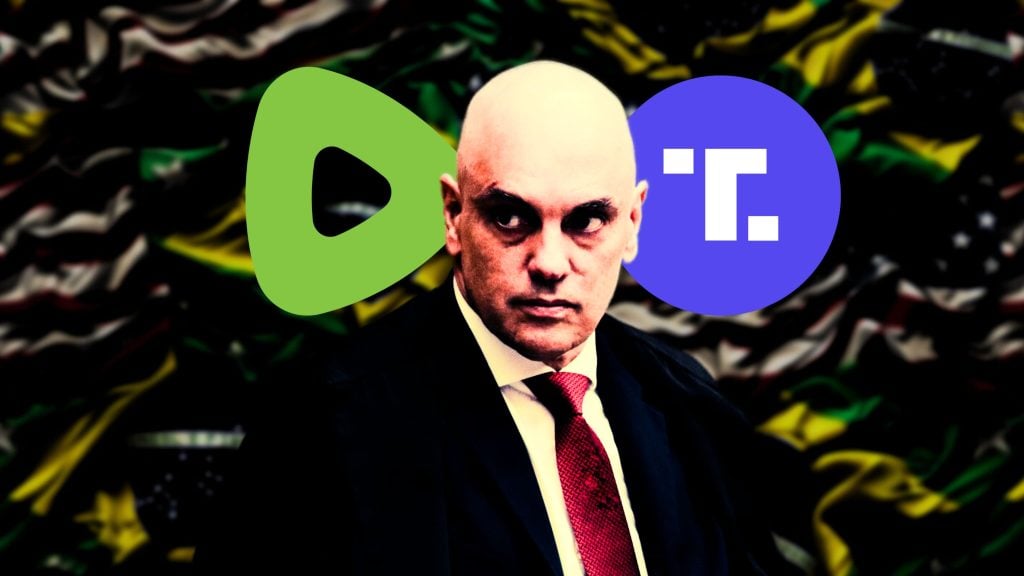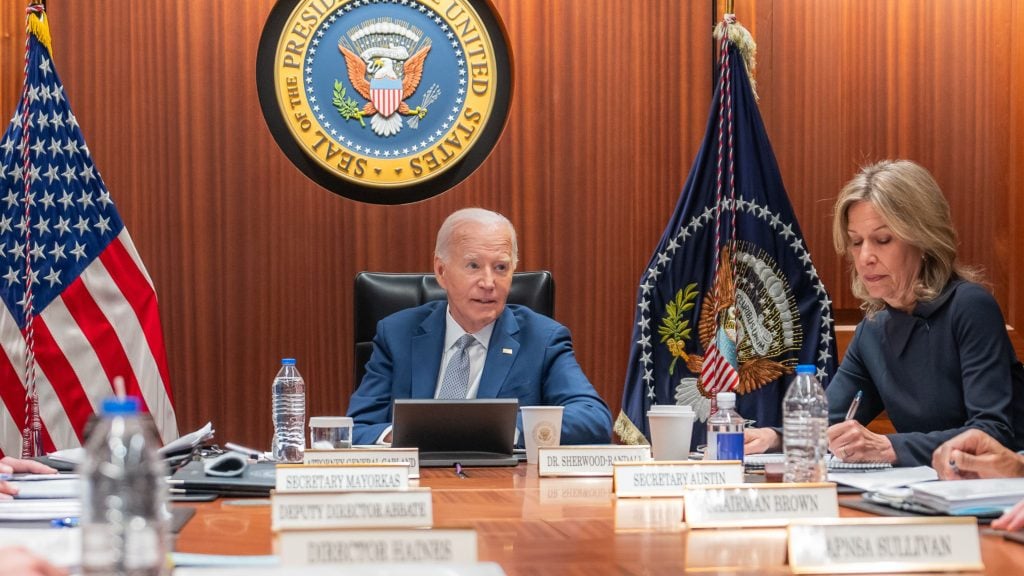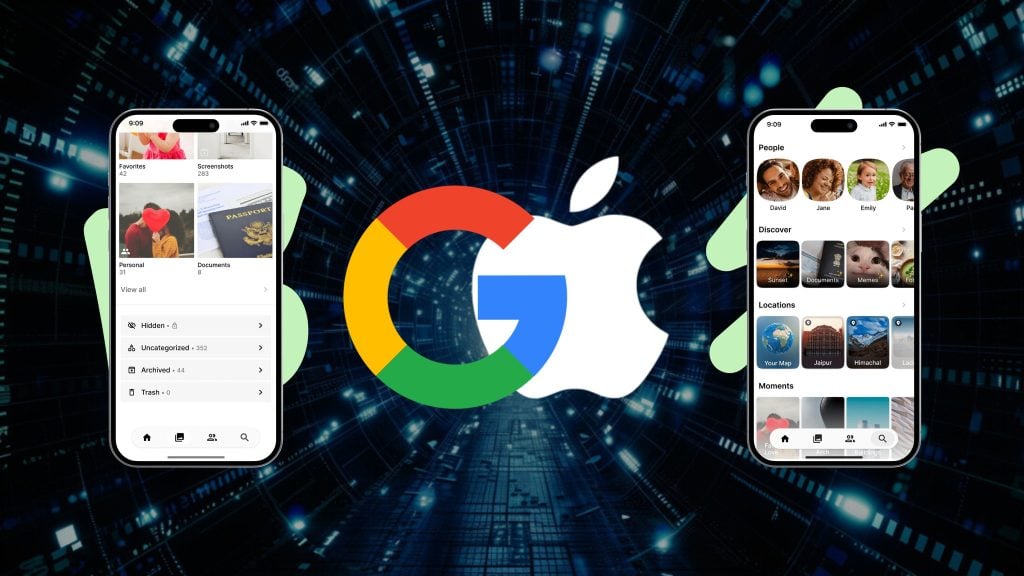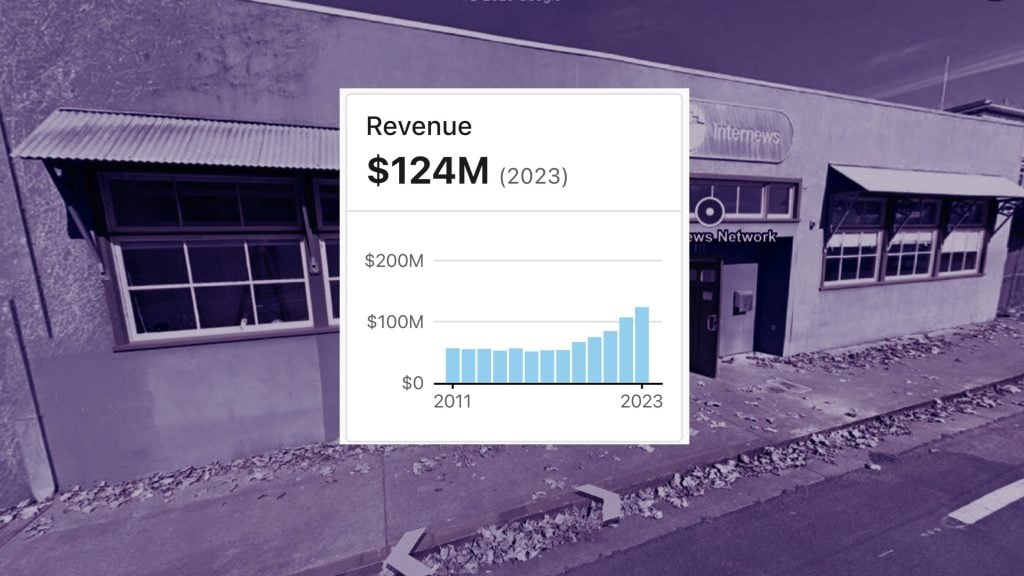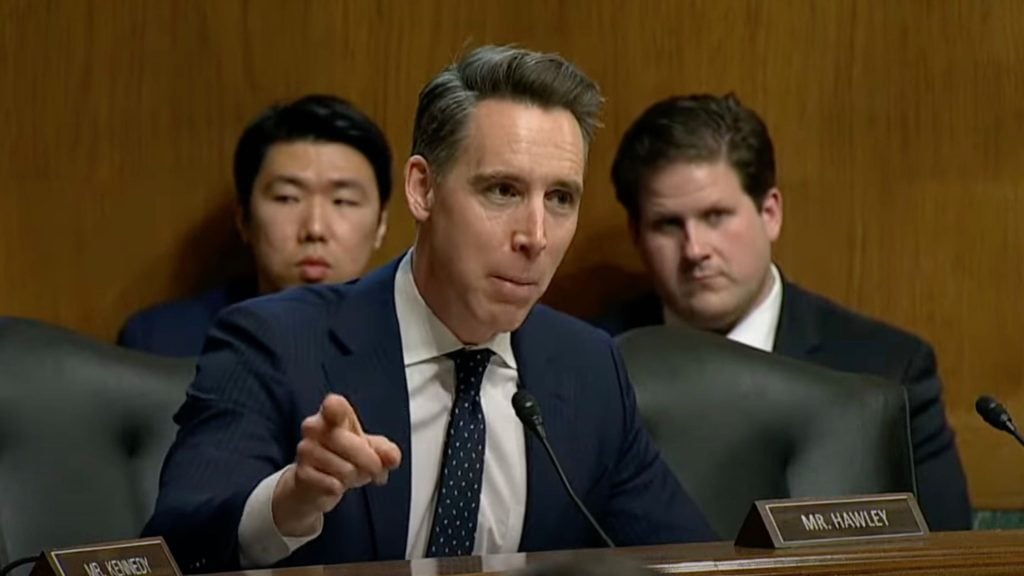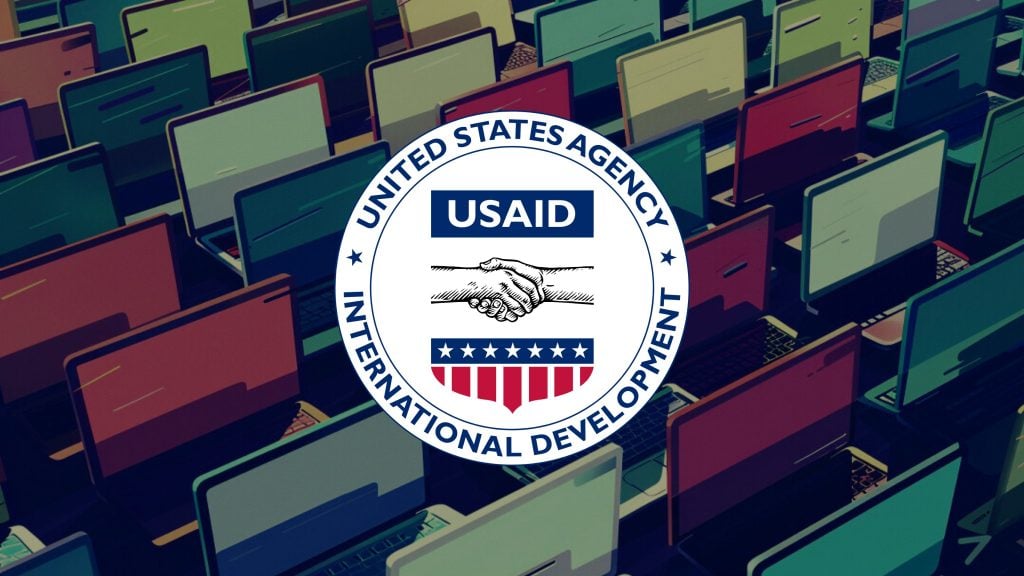We’ve repeatedly covered Apple’s abusive App Store policies in the past. They’ve just claimed another victim: YouTube alternative, Floatplane. The YouTube alternative project developed by one of YouTube’s biggest tech channels – LinusTechTips.
Luke Lafreniere, COO of Floatplane and former host at LinusTechTips, commented on the situation on last Friday’s Weekly Analysis and News livestream over at LinusTechTips.
A Floatplane user had asked why the Floatplane app had disappeared after reinstalling iOS. Luke did a pretty good job controlling his frustration at Apple while answering this question.
“Basically, they wouldn’t let us continue updating the app because we would not use Apple’s in-app payments. We would not use Apple’s in-app payments because we operate on pretty thin margins, and we literally can’t,” said Luke. “I told them that and they were like OK, well, stuff it”.
The proposed solution to continue having an app on the Apple App Store is to create an app purely for content viewing, without any extra features.
“The [iOS app] will have no ability to manage subscriptions, to view any content creators that you aren’t already subscribed to, to see payment history, or change the subscription type, or anything like that. The only thing you will ever be able to do on the Apple app, unless they change their horrible – in my opinion illegal – policies, is view the content from the creators that you have paid for. That is it.”
“We have to make a custom bad app, just for Apple,” Luke added, clearly exhausted from dealing with them. “Congratulations on making it so that your users get a worse experience.”
Floatplane is an ad-free content streaming platform that allows you to pay a fee, set by the content creator, in order to watch their content. In addition to being part of an exclusive community, Floatplane subscribers often see content ahead of time and also receive access to exclusive content from creators, among other perks. It’s like a cross between Patreon and YouTube.
To be clear, Google also charges a 30% cut on in-app purchases and subscriptions when using its system. The difference is that Apple is banning apps that refuse, or can’t afford, to pay this cut and won’t let apps take payments directly.




